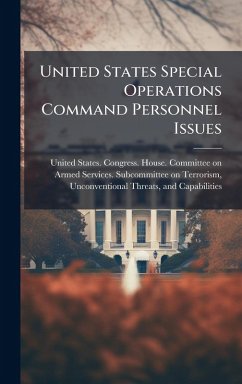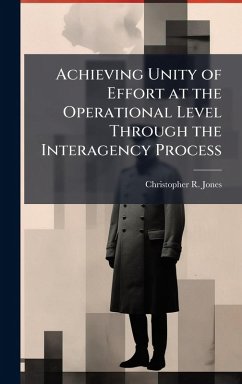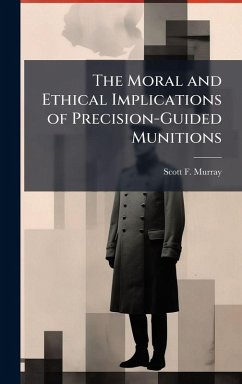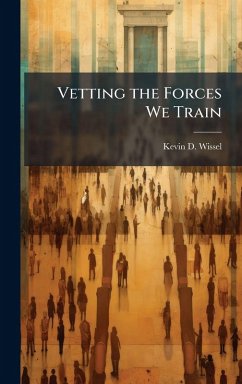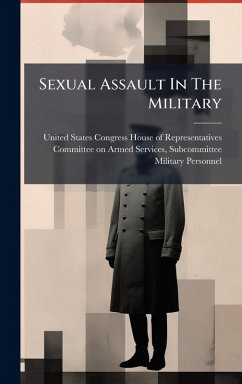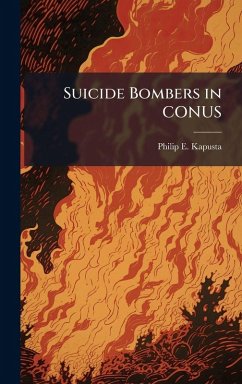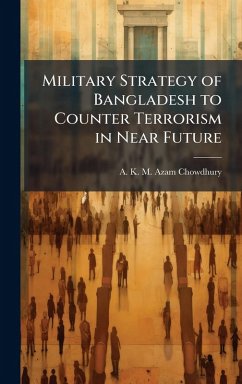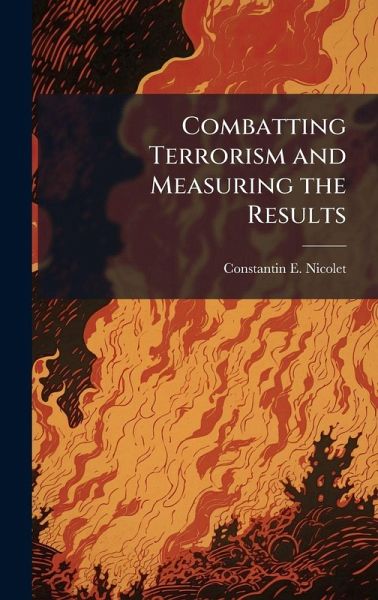
Combatting Terrorism and Measuring the Results
Versandkostenfrei!
Versandfertig in über 4 Wochen
25,99 €
inkl. MwSt.
Weitere Ausgaben:

PAYBACK Punkte
13 °P sammeln!
Four and a half years after the attacks of 11 September 2001, the US continues to fight the Global War on Terrorism (GWOT) with efforts both at home and abroad. "Are we winning the war?" is a question often raised to political and military figures in discussions about the GWOT. The answer to the question depends upon the measures of effectiveness one uses to gauge the progress of the war. Depending on one's viewpoint and measurement criteria, perceptions on if we are winning or not can be skewed to favor whichever argument one puts forth. Measuring effectiveness in the GWOT is difficult, yet c...
Four and a half years after the attacks of 11 September 2001, the US continues to fight the Global War on Terrorism (GWOT) with efforts both at home and abroad. "Are we winning the war?" is a question often raised to political and military figures in discussions about the GWOT. The answer to the question depends upon the measures of effectiveness one uses to gauge the progress of the war. Depending on one's viewpoint and measurement criteria, perceptions on if we are winning or not can be skewed to favor whichever argument one puts forth. Measuring effectiveness in the GWOT is difficult, yet critical. There is no distinct set of values to measure the progress in the fight against terrorism however in order to develop strategies to better address the issue, one must in fact be able to assess the current level of success. This work has been selected by scholars as being culturally important, and is part of the knowledge base of civilization as we know it. This work was reproduced from the original artifact, and remains as true to the original work as possible. Therefore, you will see the original copyright references, library stamps (as most of these works have been housed in our most important libraries around the world), and other notations in the work. This work is in the public domain in the United States of America, and possibly other nations. Within the United States, you may freely copy and distribute this work, as no entity (individual or corporate) has a copyright on the body of the work. As a reproduction of a historical artifact, this work may contain missing or blurred pages, poor pictures, errant marks, etc. Scholars believe, and we concur, that this work is important enough to be preserved, reproduced, and made generally available to the public. We appreciate your support of the preservation process, and thank you for being an important part of keeping this knowledge alive and relevant.




